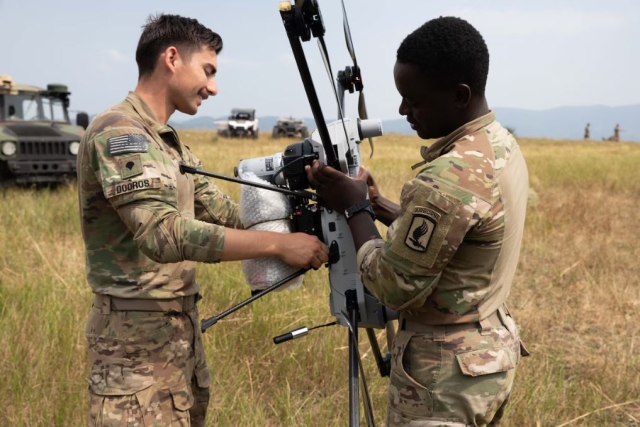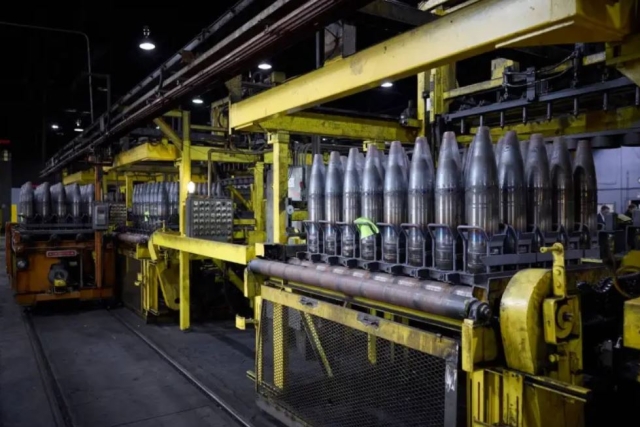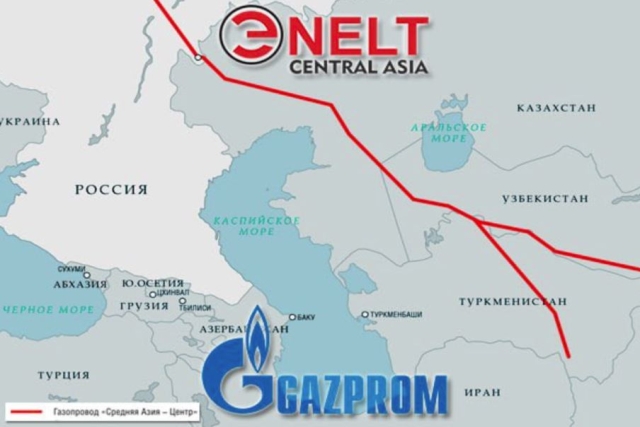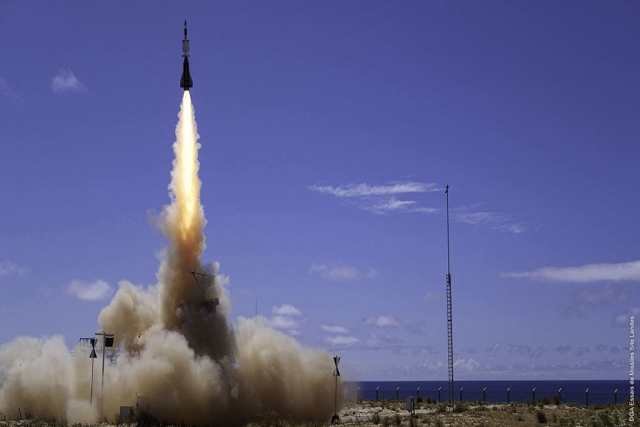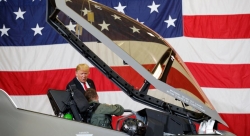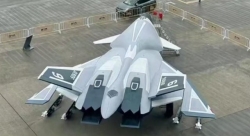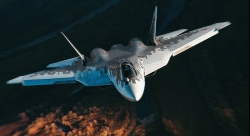Will DRDO's ASTRA Missile Be A Contender For the IAF's BVR RFP?
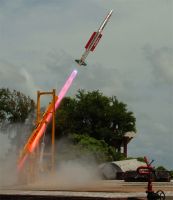
India on Sunday test fired its indigenously-made 'Astra' air-to-air missile from a Su-30MKI aircraft marking a major milestone in the complex beyond visual range (BVR) missile development.
The missile, sanctioned in 2004 at $1.5 billion, was fired over the Arabian Sea off Goa and was declared a success following a host of technical glitches like a defective aerodynamic configuration since its conception.
The test comes only months after the Indian Air Force issued an RFP for the possible procurement of the BVR missile. While possible contenders include the Russian R-77 Adder, the Raytheon AIM-120D and MBDA Meteor BVR missiles, the indigenous Astra could likely make a play for the tender.
The DRDO is now confident it will be able to meet the revised project completion date of December 2016. Astra is to initially have a 44-km range with "high single-shot kill probability", while its Mark-II version will be able to hit enemy aircraft over 100 km away.
The BVR missiles are quite complex, with rocket/ramjet propulsion, micro-computers, active radar guidance/inertial navigation systems, terminal radar frequency seekers and the like - since they have to effectively destroy highly-agile supersonic fighters packed with "counter-measures" at long ranges.
"Astra's successful launch from the Sukhoi-30MKI is a major step in missile-aircraft integration. This will be followed by missile launch against an actual target shortly. Many more trials are planned and will be conducted to clear the launch envelope. Weapon integration with Tejas will also be done in the near future," said DRDO chief Avinash Chander.
"The missiles have undergone rigorous testing on Su-30 in the captive mode for avionics integration and seeker evaluation in 2013. The project has thus reached the final stage of testing and evaluation, and the Mark-II variant with higher range capability is also planned to be tested by the end of 2014," DRDO spokesperson Ravi Gupta said.

